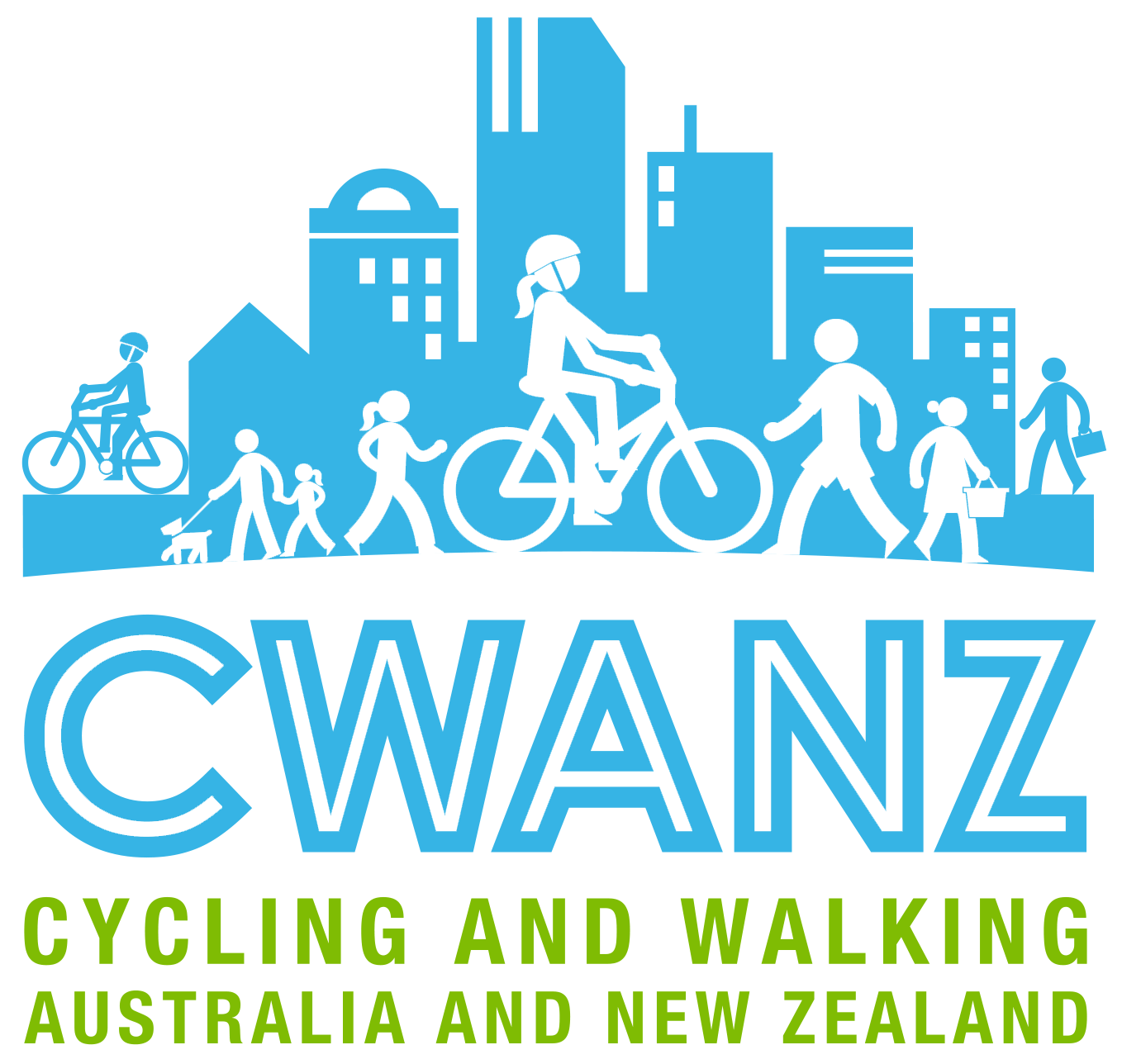STREET NAME: Multiple
SUBURB: Auckland
COUNTRY: New Zealand
SPEED REDUCTION: Mostly from 50 km/h to 30 km/h
DATE IMPLEMENTED: 30 June 2020
SCHEME INCLUDED:
- Physical speed calming measures (such as speed tables and raised pedestrian crossings)
- Re-marked parking spaces allowing for greater width
- Side island pedestrian refuges
- Slow speed markings
- 30 km/h signs
- Re-allocation of road space to remove some parking spaces and add others elsewhere
- Pram crossings
- Speed bumps
- Gateway treatments at town centre entrance including side islands and painted ’30’ markings
- Built out kerbs
- Move bus stops to enable easier access by buses
- Introduction of 30 minute waiting parking spaces
- Separated on-road cycleway
- New improved layout and pavements around high-conflict areas (example driveways to parking area)
- New bus shelters
- New bike parking facilities
- New wayfinding signages
- Widening seaside path from 2.4 metres to 4 metres and turning into a shared path wide enough for cyclists and pedestrians
- Removed painted flush median and remark the road to make space for wider shared path
COST: $NZ 49,297,544 (includes reduction of speed limits on all roads including urban and rural)
ADDITIONAL INFORMATION:
- Road deaths have almost halved (down by 47 per cent) in the following 18-month period.
- Residents surveyed felt that the speed limit changes, and engineering measures have made the local town centres safer.
- They also gave significantly higher safety ratings across all five individual aspects of road safety following the introduction of the speed calming measures, including:
- Safety around schools;
- Safety around the area (excluding schools);
- Pedestrian friendliness;
- Cyclist friendliness; and
- People driving under the speed limit
- The speed calming measures have had the biggest impact on how often people are walking in their local area.
- 19% of residents surveyed state they are now participating in at least one active mode activity more often since implementation
LESSONS LEARNED:
- Engage with Māori as partners and not as stakeholders
RESULTS OF EVALUATION: Not available
